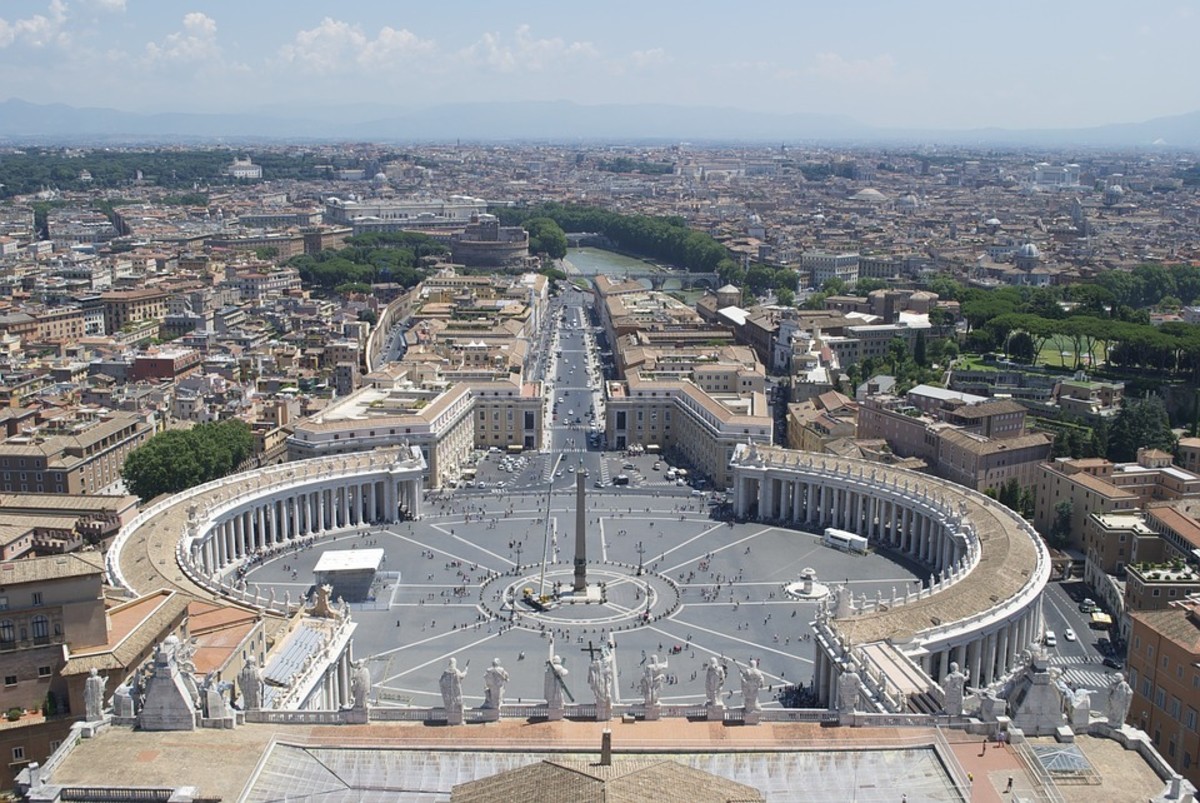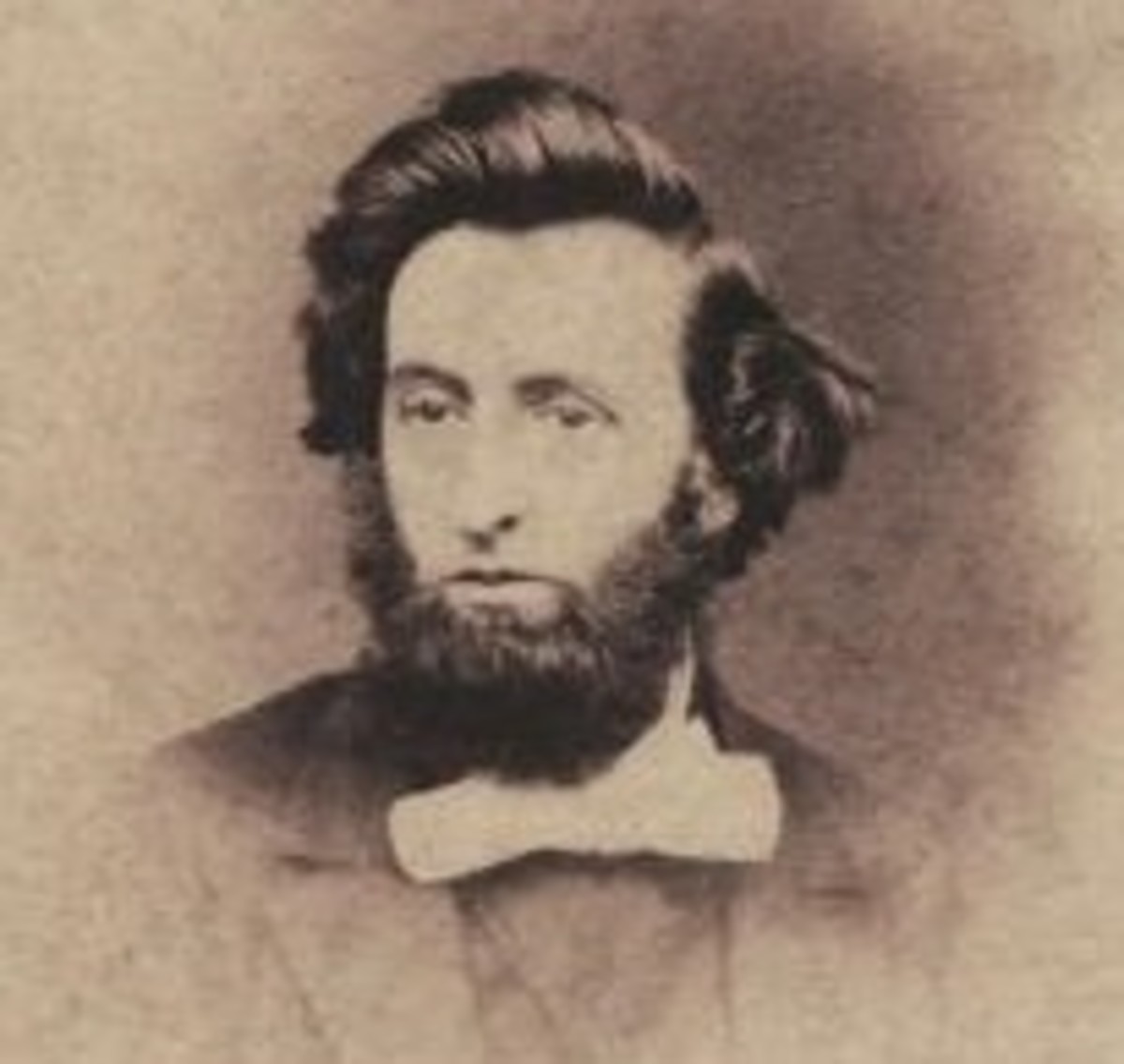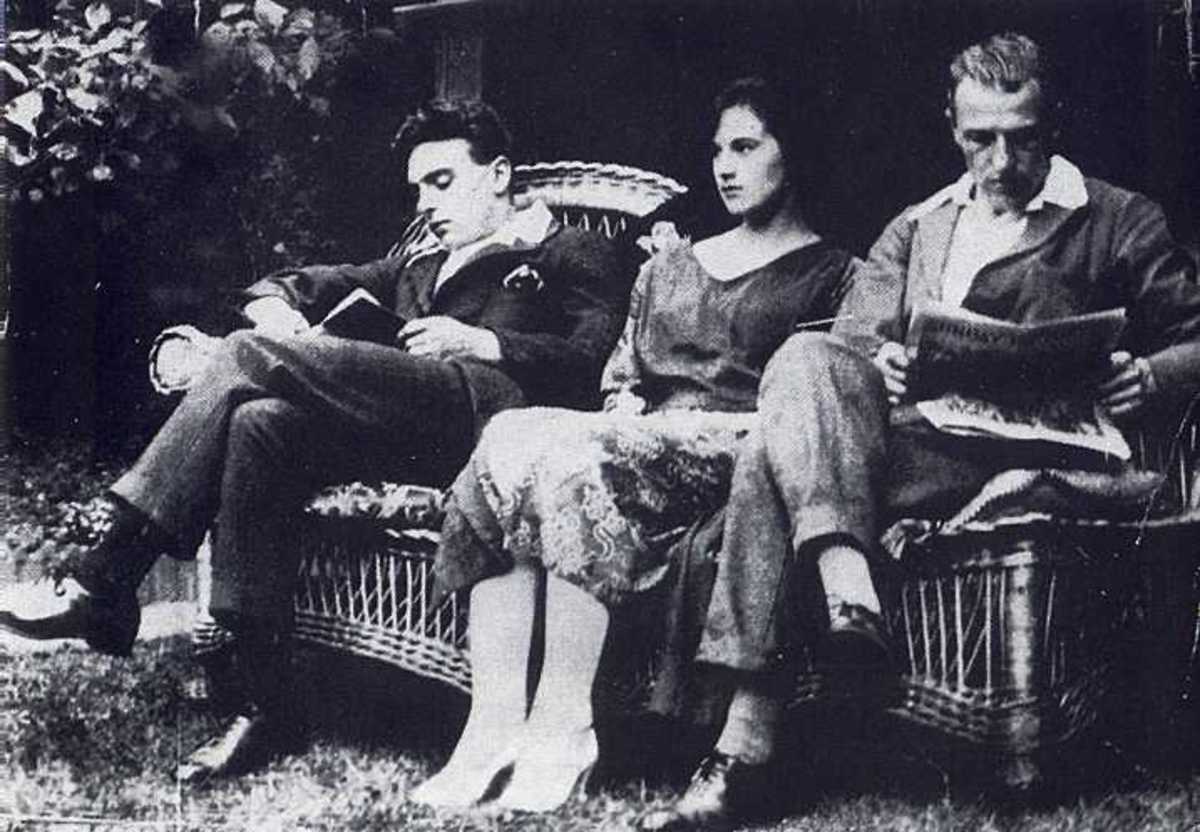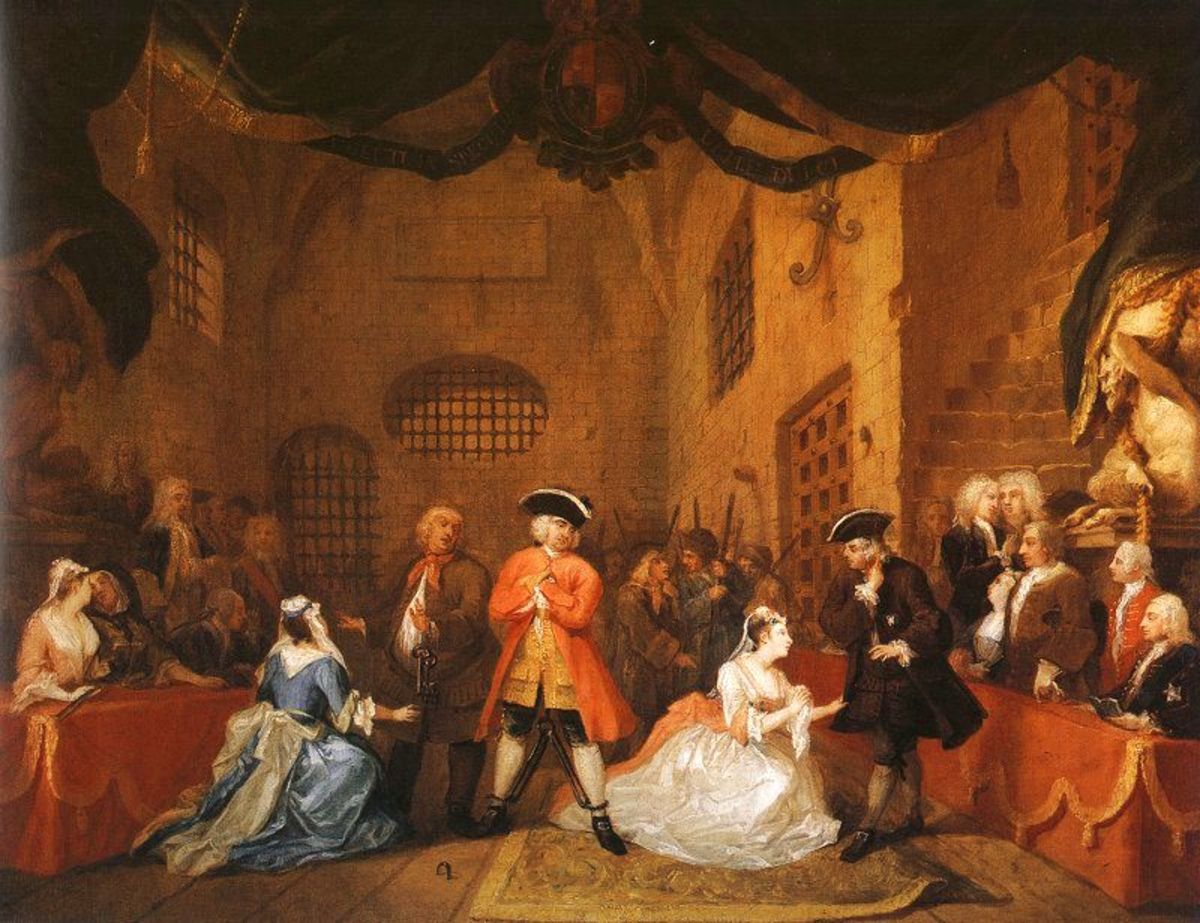From the Letters of Abelard and Heloise
Alexander Pope
Many years after their doomed relationship, Heloise, abbess of Paraclete, and Pierre Abelard, noted philosopher, resumed contact through a series of letters. For Heloise this would prove to bring back the passion, and devotion she held for Abelard. Over five hundred years later, Alexander Pope would take their story from a translation of Heloise’s letters, and create a heroic epistle in the style of Ovid’s Heroides. In “Eloisa to Abelard” Pope departs from his usual satire, and treats his reader to a dramatic, earnest, and oft-times desperate confession. Thanks to Pope’s skill we get a real sense of Eloisa’s dilemma of her love for Abelard, and her religious vows. Through the use of vivid contrasting imagery involving vows and love, cold and fire, and tears and joy, Pope reanimates Heloise by way of Eloisa, and gives her a believable voice which carries the reader into her psyche.
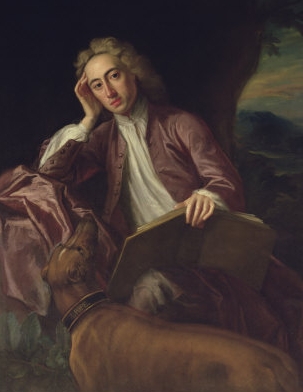
Vows and Love
Eloisa’s inner conflict is brought to the fore immediately. Her religious vows and love for Abelard vie for her attention in the first eight lines. The convent setting becomes clear in the first line with “deep solitudes” and “awful cells” (1). It is further illustrated with “heav’nly” and “contemplation” (2). Not only are we brought within the walls of the convent, but there is a sense of oppression in the adjective “ awful”(1), and in the word “melancholy” (3). It is clear that Eloisa contemplates her location with a heavy heart. This is further elucidated in the next three lines of questions when her dilemma becomes obvious through inner “tumult”(3) where her thoughts “rove”(5), and her “heart [remembers] its long forgotten heat” (6). In lines seven and eight the reason for her conflict becomes concrete with “Abelard” whose name she “must kiss” (7-8). The various contrasts which will run through the poem are demonstrated in the paradoxical “fatal name”, which must “rest ever unrevealed… in holy silence sealed” (9-10).
While she consciously recognises that to preserve her duty to God she must hide feelings of Abelard from others, this proves to be a major battle when trying to hide it from herself. This battle is particularly revealing in lines 25-27 where heaven is not present “while Abelard had part” (25), and her “rebel nature holds out half …[her] …heart” (26). Eloisa realises she is not fulfilling her vows, and fights her natural inclination by praying and fasting (27), but to no avail. Again, Abelard’s “name awakens all [her] woes” (30), and again paradox enters the poem when she describes his name as “forever sad! forever dear” (31)! This conflicting description aptly registers the intensity of her emotional state. Her ability to see her religious error becomes more difficult further into the poem where she seems to almost surrender. No longer can she see the “joys of saints” as they become “dim and remote”, and even more damning is her willingness to lose heaven for Abelard (71-72). The religious imagery intensifies to include the ultimate symbol of Christianity – the Cross. The reader is shocked to discover a sacrilegious tone predominating when her “eyes … [are] … fixed” on Abelard, and not the Cross. Within less than a hundred lines, Eloisa has abandoned herself to her love of Abelard where she “[can]not lament the fault” (184). While contrasting religious and mortal passion, Pope also incorporates other unlikely themes together. Imagery of cold and fire adds to an enlightenment about Eloisa’s state of mind.
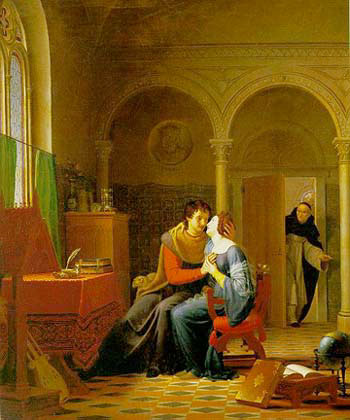
Cold and Fire
In bitter retrospect, Eloisa remembers her entrance into the religious life while she was still “warm in youth” (110). Comparing this warmth with her “cold lips” which kiss “the sacred veil” (111) gives us an accurate portrayal of her sense of sacrifice. Not only does she sometimes regret her situation in the present, but has regretted it from the start. Later on she comes to believe “only death can break the lasting chain” (173), yet even then her “cold dust” will have to remain and “all its flames resign” (175), until she and Abelard can meet without sin in death.
While flames usually indicate a present passion, her passion because of her sacrifice, must wait. Yet, Eloisa’s surrender to her situation does not last long. Several lines later she is once again torn, and “Love finds an alter for forbidden fires” (182), “where frozen chastity retires” (181). Switching quickly between the two extremes allows us to be a part of her fragile mindset.
Her mind seems always to turn to Abelard no matter what she does, or what she sees. All the sacred trappings of her environment such as “priests, tapers, [and] temples” only “swim before … [her] … sight” (274), and have no power to banish thoughts of Abelard. Again, Pope uses fire imagery in “While alters blaze, and angels tremble round” which succeeds in bringing about another distinctly sacrilegious tone. One gets the sense of power that her passion holds if she can cause angels to tremble over blazing alters. While her passion seems to mix equally with cold and heat, another very common image of tears tends to lend her some comfort.

- Peter Abelard - Wikipedia, the free encyclopedia
- The Love Letters of Abelard and Heloise Index
The Love Letters of Abelard and Heloise, edited by Israel Gollancz and Honnor Morten [1901]
Tears and Joy
In a quiet, reflective moment, Eloisa’s “happier task … [is] … to read and weep” (47-48). Where tears usually denote an uncontrollable grief, Pope combines, in several instances, Eloisa’s weeping with a type of joy. Here, once again, the poet adeptly combines opposites to convey her confusion and conflicted emotions. In the stanza following line 205 we find Eloisa musing on a “blameless vestal’s lot” (207). In such an ideal individual “Desires [are] composed, [and] affections ever ev’n” (213). Eloisa imagines the perfect nun who is utterly devoted to God, and whose “Tears … [are a] … delight” (214). These imagined tears, and other images give her a moment of complete tranquility, but it is not destined to last, as thoughts of Abelard intrude. Further down we find her “prostrate here in humble grief “ (217), yet Pope describes her following tears as “Kind, virtuous drops” (278) perhaps as a relief from the grief. She continues to imagine relief as arriving in death where a voice calls to her, and confesses its own grief when they too “trembled, wept, and prayed” (311). The voice seems to confirm Eloisa’s belief that death will serve the comfort she seeks, and that any tears that were shed will only lead to becoming “a sainted maid” (312). Death is a prevalent image throughout the poem, and is often depicted in a positive manner.
Not only does Eloisa see death as a release from her torn loyalties between God and Abelard, but it ultimately will provide for a reunion with Abelard. Upon her death, Eloisa imagines her Abelard attending to her last rights where he will “smooth …[her]…passage to the realms of day” (322). She further describes death as being “all-eloquent” (335) allowing humanity the release to easily grasp the ultimate duty to God. She envisions her reunion with Abelard as “one kind grave [which will] unite each hapless name, / And graft … love immortal on thy fame” (343-44).
Pope’s interpretation of the letters of Abelard and Heloise is undoubtedly an exaggeration of Heloise’s state of mind, yet one cannot discount the brutality of the events which led to the letters. The unapproved love affair between the student Heloise and teacher Abelard resulted in a child. Heloise was summarily dismissed to a convent and Abelard castrated. Given such facts perhaps Pope’s eighteenth century version is warranted and offers some kind of justice for the historical figures where none was given before. The last two lines; “The well-sung woes will soothe my pensive ghost; / He best can paint ‘em who shall feel ‘em most” suggests Pope can empathise with his character, and because of his many challenges in life, Pope is uniquely qualified to tell the tale.



